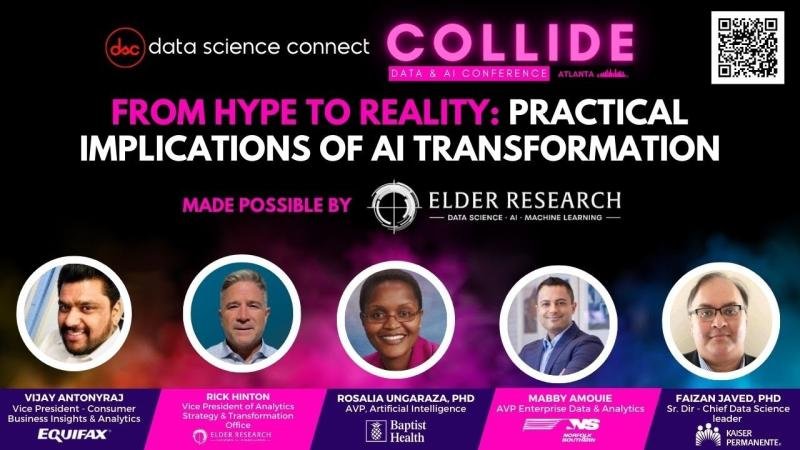Back Story
My interest in analytics started with the stock market. For reasons not clear to me, I was just obsessed with market data, staring at stock charts, convincing myself I could discern some patterns in the data no one else saw.
My personal interest met a professional opportunity when I joined an investment planning software startup. I got to talk about markets and data every day, trying to convince very large institutions to take a chance on a small band of techno-optimists. Up next was a foray into prediction markets, aggregating opinions to create a form of market data that would help predict future events. I launched a political prediction market that proved intellectually challenging and afforded me my Warhol 15 minutes with a feature piece on the CBS Evening News.
Much of the work I’ve done over the years, including in consulting, sales, and marketing roles, involved user adoption in some form. Most recently, working for a data science consultancy, I’ve witnessed the collision of science-fiction-like technology, traditional organization structures, and ingrained human behavior averse to change. The ultimate adoption challenge.
But user adoption oversimplifies the challenge. There will likely be profound changes required of organizations, a transformation unlike any of us have experienced. The impact on productivity of solutions like agentic AI will likely be significant. However, the adoption challenge will be non-trivial.
My focus is on helping organizations adopt, scale, and derive value from Agentic AI, preparing them for the next wave of AI-enabled automation.
White Paper: Bending the AI Value Curve: How to accelerate AI adoption and value creation.
With access to increasingly intelligent systems, organizations can work smarter, learn and improve faster, and make faster, more informed decisions. With AI as the enabler of this intelligent “flywheel,” companies will realize value at three levels: (1) personal productivity, (2) process automation, and (3) decision optimization. Capturing this value and "bending the curve" will require a disciplined transformation effort and new job roles to drive adoption. More >>
The quality of a decision process is determined by the degree to which you can objectively evaluate the evidence before you, explore alternative hypotheses, and engage in open debate.
More >>
With generative AI showing early promise of substantial productivity gains, organizations should start to think not just of traditional metrics like ROI but ROA, Return on Adoption as a critical measure of success in the future.
More >>
Organizations feel pressure to adapt and change as they scale and operationalize advanced analytics solutions, but they often don’t have a formal process to help sustain the change over time.
More >>


